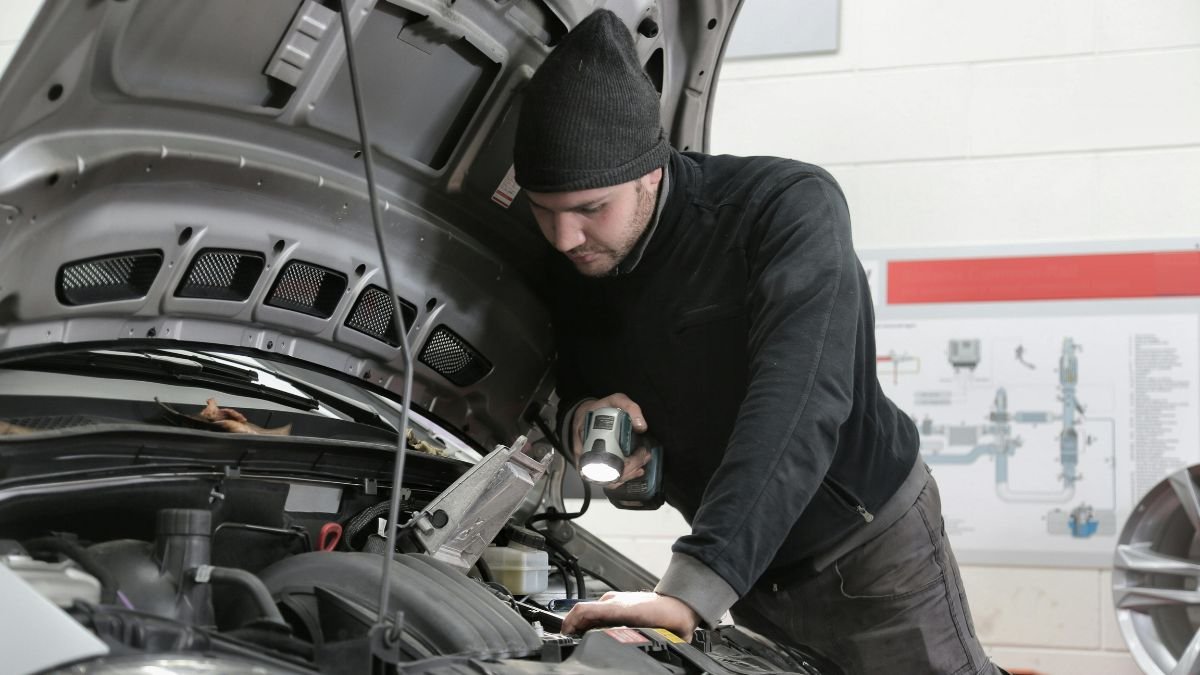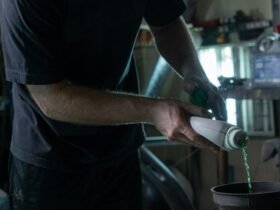A road trip can be one of the most rewarding ways to travel. The open road, changing scenery, and freedom to explore at your own pace create memories you can’t get any other way. But an adventure like this requires planning beyond choosing a destination. Vehicle preparation is the backbone of a stress-free trip. Ignoring even small details can turn an exciting journey into an exhausting one filled with breakdowns, delays, and safety risks.
Here’s what every car owner needs to do to ensure a smooth adventure.
Monitor Tire Health and Pressure
Tires are what keep your car connected to the road, and they face the most wear during long drives. Check the tread depth to make sure they are not worn down. Look closely for bulges, cracks, or any signs of uneven wear, as these may point to alignment issues. Proper tire pressure is just as important. Tires that are underinflated or overinflated can reduce fuel efficiency and increase the risk of a blowout. Always check the pressure before leaving, including the spare tire. Carrying a small pressure gauge and a portable inflator is a good idea because you never know when you might need them.
Don’t Overlook Your Seat Belts
Seat belts are often taken for granted, but they play a vital role in keeping everyone safe. On a road trip, you may drive for hours, and every passenger relies on their belt to work properly. Before you leave, test each seat belt in the vehicle. Make sure it pulls out smoothly and locks securely when tugged. A jammed seat belt can be frustrating, but it is also dangerous if it stops someone from buckling up. Knowing how to fix a stuck seat belt is therefore important. in many cases, dirt or twisted fabric is the cause, and gently cleaning or untangling it may solve the problem. However, if the retractor no longer works or the belt is frayed, replacement is the only safe option. Knowing how to recognize these issues and acting quickly ensures that your car meets safety standards for the entire trip.
Check Fluids and Top Them Off
Fluids are the lifeblood of your car, and each one serves a purpose. Engine oil keeps parts moving smoothly, coolant prevents overheating, and brake fluid ensures proper stopping power. Transmission fluid helps gears shift correctly, while windshield washer fluid makes it easier to maintain clear vision. Before leaving, check the levels and the condition of each fluid. If any of them are low or look dirty, top them off or replace them. Neglecting fluids can cause serious damage to your engine or other systems, and breakdowns in the middle of a trip are not only stressful but also expensive.
Inspect Brakes for Peace of Mind
Safe driving depends heavily on your brakes. Listen for squeaks or grinding noises when you press the pedal, and notice how the car responds. If the pedal feels soft or takes longer than usual to stop, it is a sign that maintenance is needed. Brake pads, rotors, and fluid all wear down with time, and long trips can put extra strain on them. Having your brakes inspected before traveling is one of the smartest decisions you can make. Reliable brakes give you confidence whether you are driving on highways, winding roads, or through heavy traffic.
Test Battery and Electrical Systems
Few things feel more frustrating than a car that will not start, especially when you are far from home. A healthy battery is essential for powering your vehicle and all of its electrical components. Before heading out, test the battery’s charge. Most auto shops can do this quickly, but you can also use a handheld tester. Clean the terminals if you notice corrosion, since it can block proper connections. Take time to check the alternator as well because it keeps the battery charged while you drive. Alongside the battery, inspect the electrical systems such as headlights, brake lights, and turn signals. Wipers should work smoothly without streaking, and interior lights should function properly. A road trip often means driving through different weather and lighting conditions, so dependable electrical systems keep you safe and comfortable.
Pack an Emergency Kit
Even with the best preparation, unexpected situations happen. An emergency kit helps you handle them with less stress. Include jumper cables, a flashlight with extra batteries, a basic first-aid kit, and simple tools like pliers and screwdrivers. A reflective warning triangle or safety vest is also useful in case you need to stop on the roadside. If you are traveling through remote areas, adding a portable phone charger or power bank ensures you can stay connected.
Confirm Your Insurance and Documents
Many travelers focus on the car itself but overlook the importance of proper paperwork. Carry your driver’s license, vehicle registration, and insurance details in a safe and accessible spot. Double-check that your insurance is valid and that it includes roadside assistance or towing, as these services can save time and money if trouble arises. If you are crossing state or country borders, research local requirements to avoid delays. Having your documents organized prevents small issues from becoming bigger headaches.
Load Smart and Stay Organized
How you pack your car can affect comfort and safety. Heavy items should go on the bottom and as close to the center as possible to keep weight balanced. Avoid blocking rear windows or mirrors, as clear visibility is essential. Pack essentials such as snacks, maps, or chargers within reach so you do not need to dig through bags while driving. A cluttered vehicle can quickly become uncomfortable, and it may also distract the driver. Using organizers, bins, or bags with compartments can help keep everything in its place.
The open road is full of possibilities, and every trip has its own rhythm. Preparing your vehicle takes away the uncertainty and lets you focus on the moments that matter, whether it is a quiet sunrise on a back road or laughter shared in the car. Beyond safety and convenience, readiness builds confidence. It allows you to approach the journey with a clear mind, knowing you can handle whatever comes your way. When the car is ready and the details are in place, all that remains is the adventure itself.













